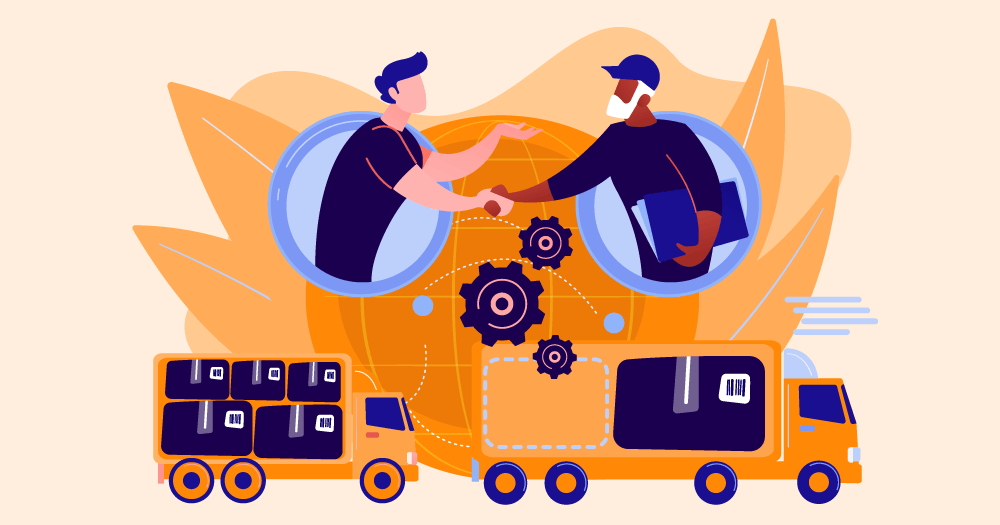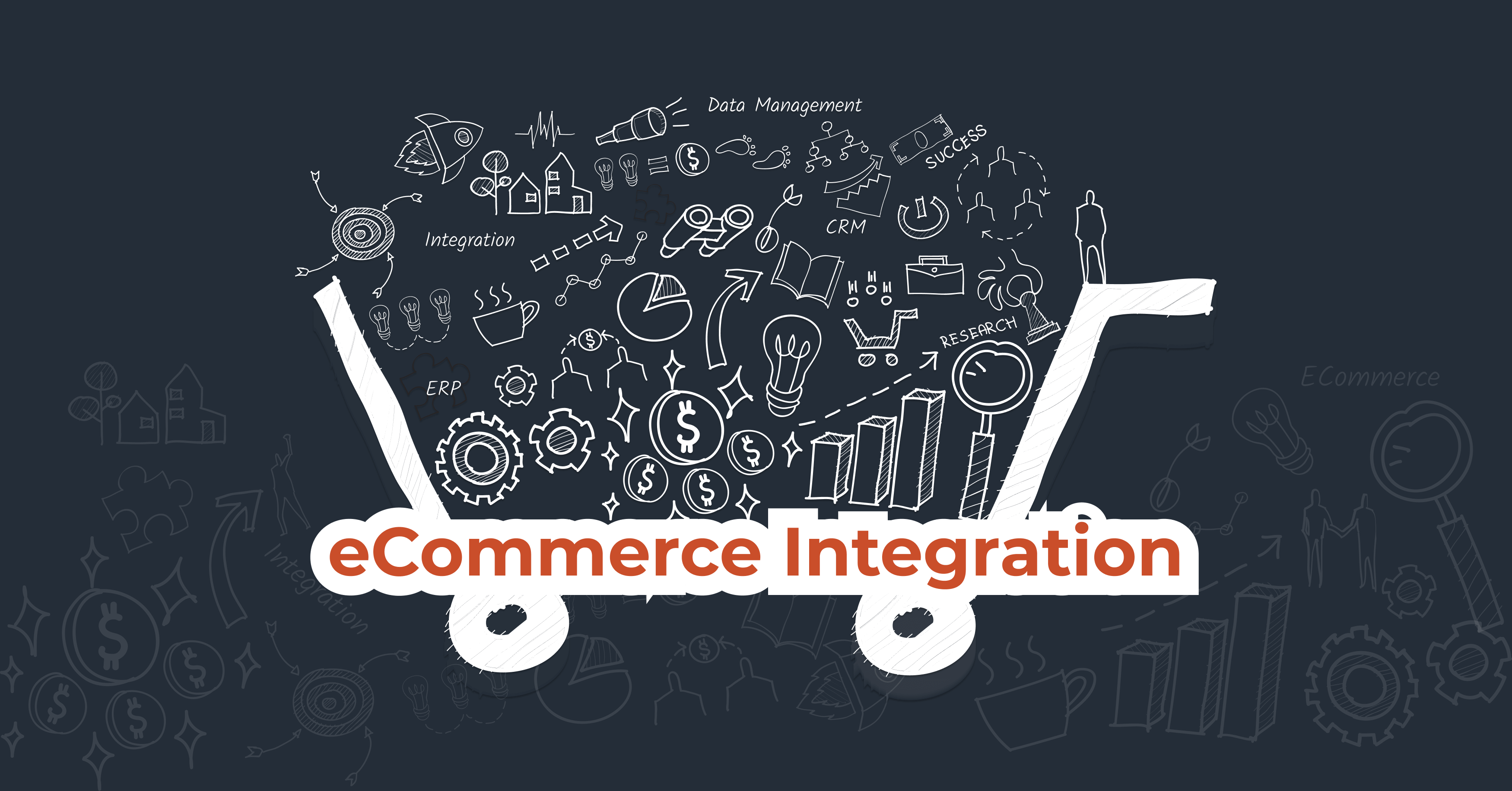You may be a brand new player in the market. Or you might be an established one looking to up the ante. Either way, the decisions you make regarding your distribution channels are key towards determining how successful your venture will be and how long it would take to get there.
What is a Distribution Channel?
A distribution channel refers to the means by which a product is delivered to its end-user. It includes the parties that are involved in ensuring the commodity in question is delivered to its end-user. Because of their customer-facing nature, distribution channels are also often referred to as marketing channels as well.
The selection of the right channel for your business can make all the difference to its success. For good reason too. Channel deliberations lead to other factors being determined including, but not limited to, supply chain management, logistics, pricing decisions, inventory management, and marketing.
Roles in distribution channels
Any distribution channel starts with the manufacturer or producer. They are responsible for the ideation, creation, and production of the goods in question. The end of the channel, on the other hand, is its final users. The final user typically is a consumer, but depending on the type of business and product, the end-user may just happen to be yet another manufacturer.
While there are models that have the manufacturer and consumer interact directly, this isn’t always feasible. That’s where the intermediaries come in:
Distributors
They form close business associations with the manufacturer, often purchasing final products in bulk exclusively from them. Distributors are very actively involved in the market study for the product and its eventual marketing to the rest of the channel.
Wholesalers
They purchase goods in bulk from distributors and act as suppliers, consumers, businesses and other manufacturers. Wholesalers typically assume responsibility for crucial stages like warehousing and transportation. They are also key to understanding market trends for retailers, as well as regulating the pricing and grading of products.
Retailers
These are organizations that sell the final product to their end-user. Retailers are often the final touch-point before the consumers and are key to understanding customer demand and efficient supply. This also means they play a key role in the promotions for the product to its end-user.
Agents
They’re the sales experts in the chain. While they assume no responsibility for storage or pricing, they bring together buyers and sellers for the product. Agents have a key responsibility towards customer relationship management, understanding consumer sentiment, and executing specialized delivery requirements.
Recommended reading: Understanding Distribution Management
Types of distribution channels
Broadly, distribution channels can be categorized as direct, indirect, or hybrid, depending on the presence of intermediaries between the manufacturer and the final consumer.
Direct distribution
This channel involves no intermediary, and the manufacturer would typically directly supply to the end user. Also called ‘zero-level distribution’, it is the shortest type of chain, wherein a relationship is directly fostered between producer and end-user. This may be via their proprietary physical stores, catalogs or even eCommerce stores online.
A typical factory outlet would be a good example of this distribution channel.
Indirect distribution
In this model, multiple entities may be involved, depending on the nature of the product and the distribution policy that is put into place. Based on the number of intermediaries involved, it could be further categorized as:
- One level channel: Manufacturer – Distributor/Retailer – Consumer
- Two-level channel: Manufacturer – Distributor/Wholesaler – Retailer – Consumer
- Three-level channel: Manufacturer – Distributor – Wholesaler – Retailer – Consumer
- Four-level channel: Manufacturer – Distributor – Wholesaler – Retailer – Agent – Consumer
Indirect distribution channels include many different types of businesses. Some examples that fall under this category are your regular Supermarkets, automobile dealerships, and shopping malls.
Hybrid distribution
Also referred to as multi-channel distribution, this model offers to have multiple means of reaching the consumers. This may be a physical store, through eCommerce sites, and/or direct marketing.
It emerged as a response to the growing increase of consumer segments and potential channels for marketing. Hybrid distribution allows companies to reach more than one kind of customer segment at the same time and cater to them accordingly. It also prevents dependence on only one kind of channel.
An example of this type of distribution would be leading laptop providers: offering the options to purchase in-store, online, or via retail partners.
Reverse channel
While not used as often as any of the previous three, this fourth channel would help to factor in the need for a reverse channel as well for your business. As the name would suggest, this is the only channel that ‘flows’ the other way. While all of the previous channels move from manufacturer to consumer, this channel has products move from consumer to intermediary or manufacturer. This is typically used in the case of recycling, upcycling, or product recall.
You might also like: How to Get Multi Channel Marketing Right – Practical Tips
What is a channel conflict?
Having multiple entities be a part of your business process does have its advantages: shared costs, diversified risks, and additional talent to name a few. On the downside, however, there does exist the possibility for the clashing of interests and opinions—a channel conflict.
TheInvestorsBook.com defines channel conflict as “any dispute, difference or discord arising between two or more channel partners, where one partner’s activities or operations affect the business, sales, profitability, market share or similar goal accomplishment of the other channel partner.”
These conflicts have many means in which they may arise: from higher up the distribution channel towards its end, between partners at a similar level, or even across different channels.
The consequences of channel conflict range from process delays to partner exits and loss in sales and reputation. Obviously, it’s something that all parties involved would like to avoid. Here are some measures to do just that:
- Define roles clearly: It is best that each player down the channel(s) is aware of their roles and responsibilities as soon as they are a part of the chain. Any ambiguity might lead to confusion or conflict further ahead
- Price monitoring: Keeping track of what the price of your product is to the consumer at the end of various channels helps prevent any discrepancies that may lead to channel conflicts. It helps if there is fair-pricing involved and no extreme bias is made for a channel partner
- Channel management: Treat the channel partners as your consumers and strategize on how best you can communicate with them. In addition, help lay out how they can communicate with each other across the channel, including reporting back regarding end-user information and trends. Monitoring the channels will also prevent the potential for over-saturation, i.e., when too many of your retailers are competing in a limited area
- Legal support: Ensure that a set up is in place in the event that there may be a need for legal intervention
At the end of the day, the distribution channel is an ecosystem built around making sure the product can thrive in the market. The choice of channel, partners involved, and the insights that can be shared all contribute to the current and future success of the product. This is also true for the ecosystem behind delivering it. Suffice to say, nurturing one that collaborates, communicates, and grows together will pay off.
Contents




